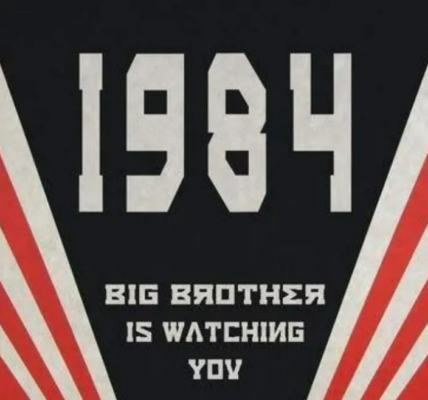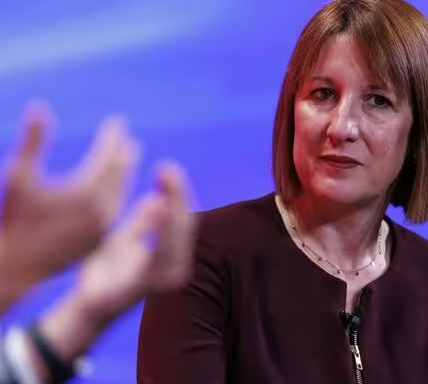He’s the softly-spoken genius behind Labour’s victory – and now he’s running Starmer’s No10! B
Morgan McSweeney guided Sir Keir to a historic election win and he’s now triumphed in a Downing Street power struggle with Sue Gray too

Sue Gray’s defenestration as Downing Street chief of staff this week, after months of increasing disarray, marks yet another triumph for her rival Labour power broker, Morgan McSweeney.
McSweeney, 47, is the new chief of staff, having previously been director of political strategy. To those inside the party, he has long been recognised as the real source of power other than Sir Keir Starmer, with many holding him responsible for their election triumph.
If Starmer’s idea was to hold McSweeney and Gray as a balance of two rivals, it has not gone to plan. McSweeney has won, just as he is accustomed to doing.
Until the general election, McSweeney, a softly-spoken but intense Irishman with a red beard, was a background figure, happiest pulling the strings where no one could see him. In the wake of Labour’s victory he emerged as the hero of the hour, a brilliant strategist whose focus on winning and grasp of data has turned the party into a formidable election-fighting machine.
The most powerful non-elected official in the Labour Party, McSweeney moved to London from his native County Cork when he was 17 and worked on building sites before studying politics as a mature student. He joined the Labour Party in 1997 and worked as an intern for Lord Mandelson before cutting his teeth as a campaigner in the 2005 general election. Mandelson saw in McSweeney a younger version of himself.
Like Mandelson, McSweeney revels in his command of party machinery. In 2006 he worked for Steve Reed on Lambeth council, where he would bring a camp bed to sleep in the office and developed a taste for fighting the Left that stood him in good stead when it came to expunging Corbynism. To his foes, McSweeney has been ruthless, but to his many friends he has been the saviour of the party.
In 2017 he became director of the think-tank Labour Together, which was instrumental in installing Starmer as Jeremy Corbyn’s replacement. The chaos of the Corbyn era had appalled McSweeney, but he was determined to rebuild the party he believed in rather than take another job. After running Starmer’s leadership campaign – amid grumbles from the Left that he and Starmer tricked the membership into thinking they would retain elements of the Corbyn platform – McSweeney came up with a masterplan for power. It began with the purge of anti-Semites and Corbynites from the party ranks and reform of the selection process for parliamentary candidates. Along with Sue Gray, McSweeney was credited with much of the party’s new-found electoral discipline.
As Labour’s director of campaigns, McSweeney was Starmer’s most trusted adviser going into the election. He has taken soundings from other Labour politicians around the world, including the Australian prime minister Anthony Albanese, on strategy. He has a more diplomatic management style than some of his predecessors although he can be firm when necessary. Before the 2023 local elections, unveiling specific target seats to focus on, he reportedly warned the shadow cabinet that “every time you or your boss visits somewhere not on this list, a Labour councillor dies”.
If McSweeney has taken lessons from the Blair era about how to manage and control the party, he is emphatically not a Blairite. After his time in Lambeth, in 2008, he went to work on community relations in Dagenham, where locals felt failed by the Labour government and the BNP had a foothold. McSweeney helped turn things around; in 2010 Labour won every seat on the council. Their flagship policy was an “eyesore gardens” policy, which meant landlords had to pay for rubbish piling up on their properties to be cleared. This was what the Labour Party was for: not a centrist neoliberal project, but a way to help working people with tangible problems.
While nobody is more of a Labour insider, McSweeney retains some geographical distance from HQ. He lives in Lanarkshire, outside Glasgow, commuting six hours to the Labour base in Southwark. He is one half of a Labour power couple. At the General Election, his wife, Imogen Walker, became the Labour MP for Hamilton and Clyde Valley, with a majority of 9,000.
For the first 100 days of government, McSweeney shared the power within 10 Downing Street with Sue Gray. She brought civil service nous to sit alongside his command of the Labour machinery. As she became more and more unpopular, however, his star only rose. The highest praise inside Labour is said to be “Morgan loves it”. One imagines he will have enjoyed replacing his rival, and assuming an unassailable position in the heart of Keir Starmer’s operation.




